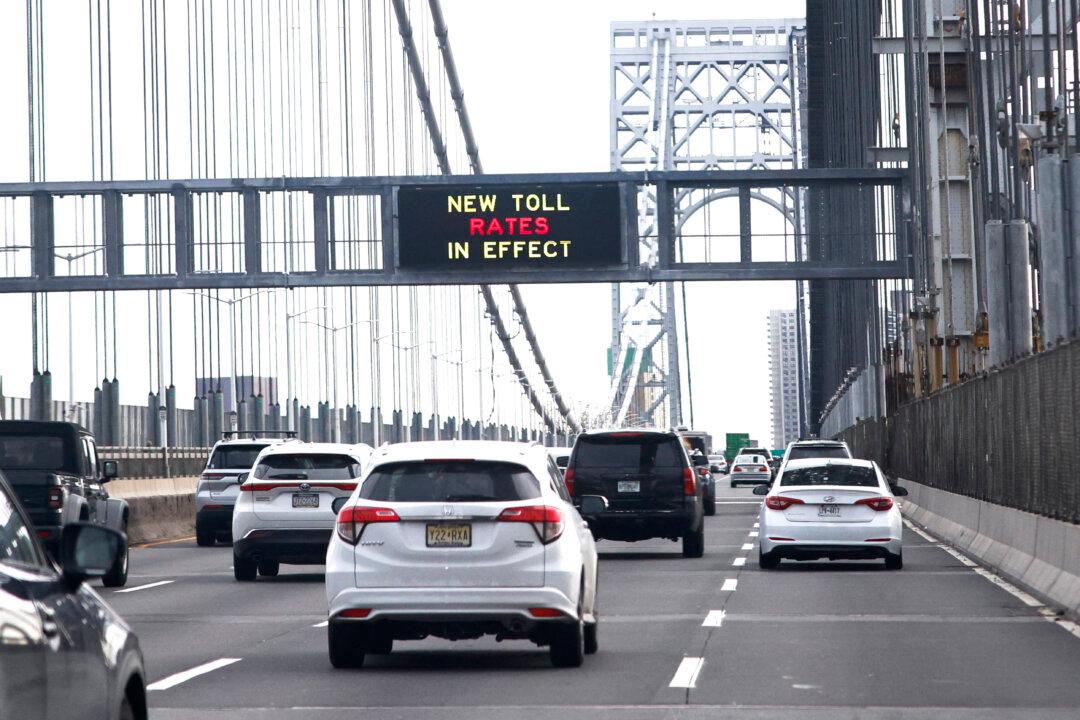The United States’ “dithering” in its 5G rollout has left it “well behind” China in the race to dominate the next-generation wireless technology, said former Google CEO Eric Schmidt.
In a Feb. 17 Wall Street Journal op-ed co-authored with Harvard University professor Graham Allison, Schmidt argues that average 5G smartphone speed in the U.S. lags far behind that of China and many other nations, and that this gap calls for massive investment in the U.S. tech space to advance competitiveness and national security.





